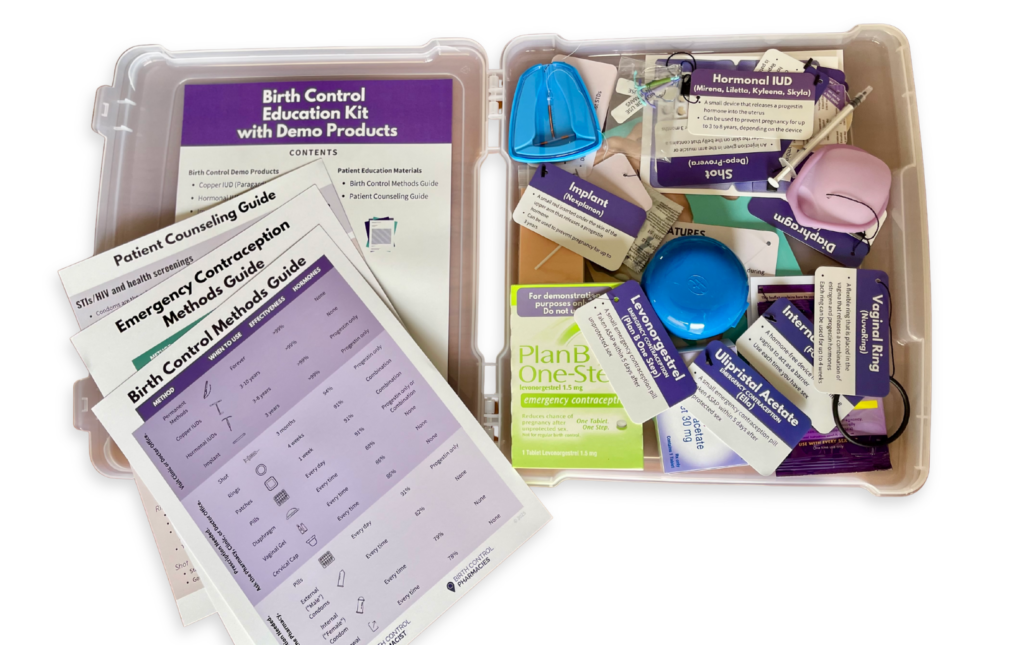Enhancing Patient Understanding With Contraceptive Demonstration Kits
As a healthcare provider and educator, I’m always looking for new tools to enhance how I teach and communicate. The Birth Control Pharmacist contraception education and demonstration kits have become an invaluable resource for improving understanding of contraceptive options across various settings. Designed to offer clear, hands-on information about both prescription and over-the-counter methods, these kits make it easier to explain complex topics in a way that resonates. I’ve found them incredibly useful in everything from one-on-one patient appointments to engaging learners in the classroom.

Direct Patient Care
In the clinical setting, these kits are a game changer that has ultimately led to improved understanding and adherence. When I’m prescribing contraception or answering questions about different methods, having a well-organized, inclusive kit allows me to easily provide clear, detailed explanations. The visual aids provide fantastic summaries of different product considerations. The demonstration products enable patients to touch and feel the different options, allowing them to make a more informed choice. Once a product has been selected, the items within the kit allow me to provide better counseling and instructions – like how to twist the vaginal ring for insertion or which pills to skip for extended cycles.

Education for Healthcare Professionals
I don’t just use the education and demonstration kits with patients – they’re also a valuable addition to my classroom teaching and pharmacist training programs. Whether I’m working with student pharmacists or leading pharmacist contraception prescribing training sessions, the kits help bring the material to life. Being able to show the actual size of the vaginal ring or what an IUD looks like is an eye-opening experience for many students who have limited contraceptive experience. I’ve also found that the kits provide a great opportunity for students on Advanced Pharmacy Practice Experience (APPE) rotations to practice product counseling. Having access to the demo products and materials in the kit builds student confidence in a way that discussion alone simply can’t. Once they see how this resource enhances both learning and patient care, students and pharmacists alike often ask how they can get a kit of their own.

Community Education
I’ve even found ways to engage with my local community by making the education and demonstration kits available during health screenings or vaccine clinics. You never know when someone will have a question, or spot the kit and feel comfortable bringing up a contraception-related concern. Similarly, using these kits in high school sex education classes is a powerful way to give students accurate, real-world information they can relate to.
These are just a few of the ways I’ve used the Birth Control Pharmacist education and demonstration kits, but the possibilities are endless. How would you use them in your own practice or teaching?
About the Author
Ashley Meredith, PharmD, MPH, BCACP, BCPS, CDCES, FCCP is a Clinical Associate Professor at the Purdue University College of Pharmacy. She provides adult primary care disease state management at Eskenazi Health and is developing pharmacist contraception prescribing services for the Purdue University Pharmacy. Dr. Meredith’s primary teaching responsibilities include women’s health topics (i.e., contraception, medication use in pregnancy and lactation, abnormal uterine bleeding) and the Pharmacists’ Patient Care Process. Her research focuses on increasing access to contraception particularly in young women, implementation of pharmacist services, and qualitative exploration of patient perceptions related to pharmacy services.